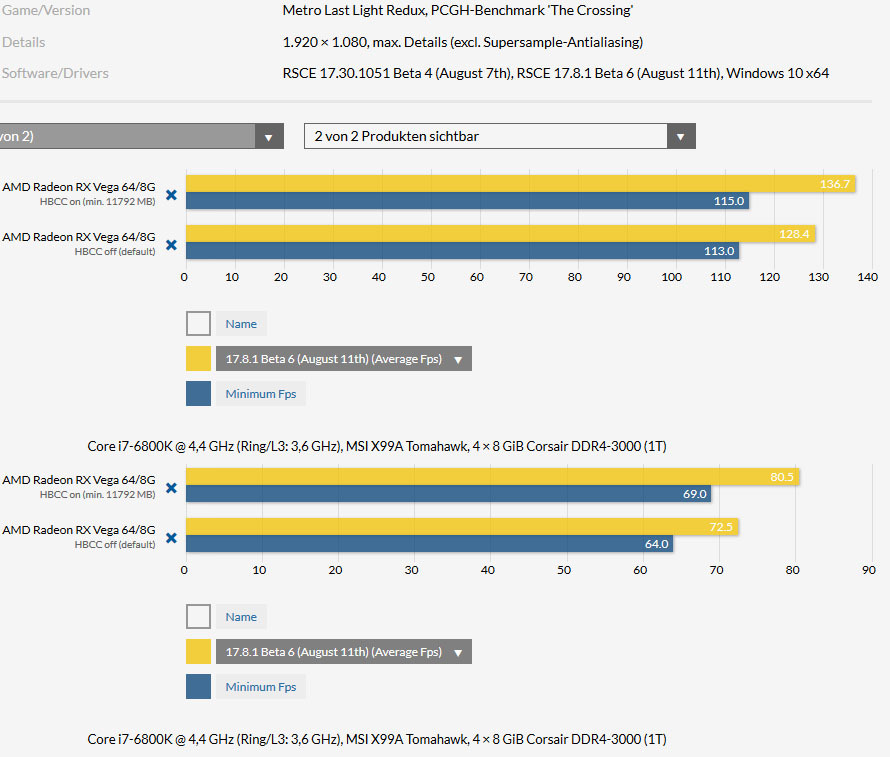Yes buildzoid is great just as Steve. here's the thing though, some users have been able to by-pass the security measure of the vega 56 bios through a modified linux kernel and custom bios. That's linux though, however they have been able to by-pass power limits on the vega cards including the vega 56 in windows through a power play table entry in the registry, I guess the same as they did with Vega FE....So I'm looking forward to see Steve's next video on gains using the PPT's. I wish buildzoid would get an RX 56 and 64 card though, he would have some great insight into overclocking potential as well...
OTOH
I wish some of these sites would stop talking about Vega 56 and 64 going up to $500.00 and $600.00 after launch..It's from the same guy who said RX vega 56 would have a 70 m/hash rate......I could not even get a preorder of RX Vega off Amazon, stock is not available or they've been sold out, in such instances there will always be a markup on prices. People are pretending like they've never seen this before and are trying to obsfucate what's really going on, with baseless price markup tweets and posts...
It's crazy that people boast about the 1070 and 1080 being in the market for over a year, but when was the last time you could get either at MSRP? and one of the VEga cards have not even laucnhed yet. Vega 64 is just not widely available to purchase yet, especially online, so maybe there has been a clean out at retail. Someone is buying all of them before it gets through the channel. So yes, it's nothing strange, for a long time you could not get a 6700k at MSRP either.....
I mean if AMD increases price just after launch and did not make that clear at siggraph, they would be shoting themselves by doing so now. I mean they had enough time to make a decision as to how to price these cards internally, so these $100 markup ramblings after lauunch make little sense. At least let AMD announce it before it makes the circles on the internet....
I also don't want to preface an excuse for them on a markup, but it's also clear that HBM2 is expensive and AMD has given us a very quality GPU with proabably the best vrm and power phase in a video card yet, maybe in hindsight they think they should have priced it higher...As it stands AIB Vega 56 cards will wallop 1070 AIB's and get closer to gtx 1080 performance OC'd, so I can understand the sentiment, I mean if 1070's are going for $440-500, why can't a better card go $500.00MSRP?...... but what's done is done..AMD needs the marketshare, that should be top priority imo...

